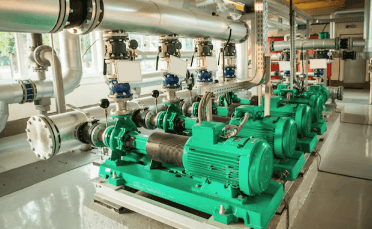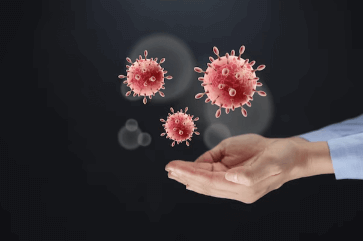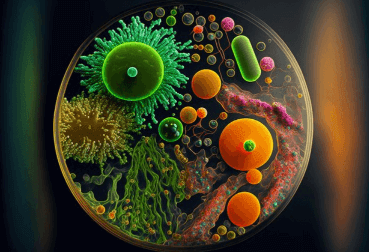Question
a.
packed bed reactors
b.
batch membrane reactors
c.
stirred tank batch reactors
d.
fluidized bed reactors
Posted under Enzyme Technology
Interact with the Community - Share Your Thoughts
Uncertain About the Answer? Seek Clarification Here.
Understand the Explanation? Include it Here.
Q. The reactors in which all of the product is removed after fixed time is referred to as ___________
Similar Questions
Explore Relevant Multiple Choice Questions (MCQs)
Q. The reactor wherein the flow of gas and/or substrate keeps the immobilized enzyme particles in a fluidized state is referred to as _____________
View solution
Q. The ____________ is the ratio of the length that contains sufficient enzyme to convert all the substrate at the given flow rate if the enzyme acted at its maximum velocity throughout to that of the actual reactor length necessary for complete conversion.
View solution
Q. For continuous flow reactors, value of Rₑ is critical.
View solution
Q. The time relative to the time required for one reactor volume to pass through the reactor is referred to as ______________
View solution
Q. What does the following reaction represent?
\(\frac{V_{max}}{F}=[S]_0 X + K_m \frac{X}{1-X}\)
View solution
Q. Immobilized enzyme systems offer cost advantages to users.
View solution
Q. Immobilization of amino-acylase helps in the production of ____________
View solution
Q. Which of the following immobilized enzyme produces L – alanine?
View solution
Q. Immobilized penicillin amidases produces ______________
View solution
Q. In lactose industry, which immobilized enzyme is used?
View solution
Q. Immobilization of thermolysin produces __________
View solution
Q. Cocoa butter substitutes is produced by using immobilized ____________
View solution
Q. Which of the following product is obtained from immobilized glucose isomerase?
View solution
Q. Production of DE glucose syrup using glucoamylase has shortcomings as an object of commerce.
View solution
Q. Glucose is converted to fructose by _________ enzyme.
View solution
Q. What does ‘X’ represent in the following reaction?
Starch (Gₙ) + orthophosphate \( \underset{x}{\rightleftharpoons}\) Starch (Gₙ-1) + α – glucose – 1- phosphate
View solution
Q. _____________ isomerizes α-D-glucopyranose to α-D –fructofuranose.
View solution
Q. Which of the following organism is capable of producing raffinase, but not invertase.
View solution
Q. ____________ is stirred with sugar beet juice in batch stirred tank reactors to remove raffinose.
View solution
Q. Immobilized __________ is used to remove the raffinose and stachyose from soybean milk.
View solution
Recommended Subjects
Are you eager to expand your knowledge beyond Enzyme Technology? We've handpicked a range of related categories that you might find intriguing.
Click on the categories below to discover a wealth of MCQs and enrich your understanding of various subjects. Happy exploring!








